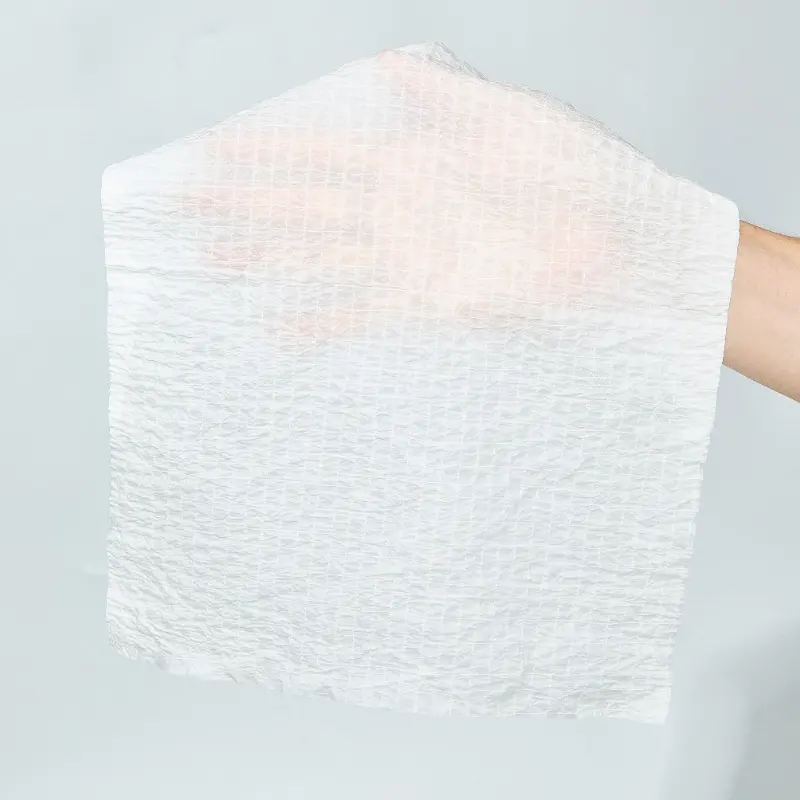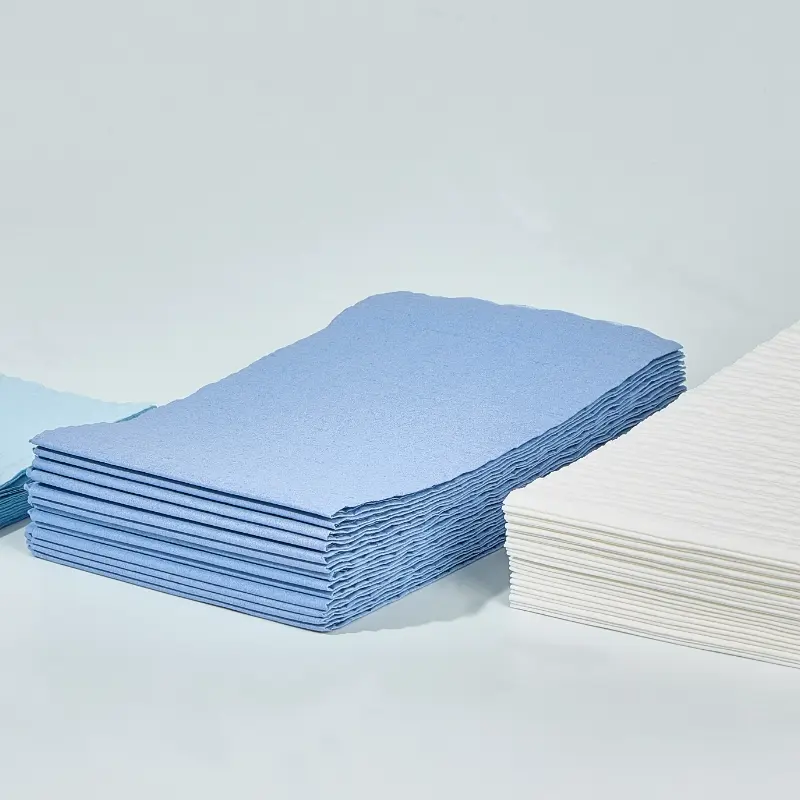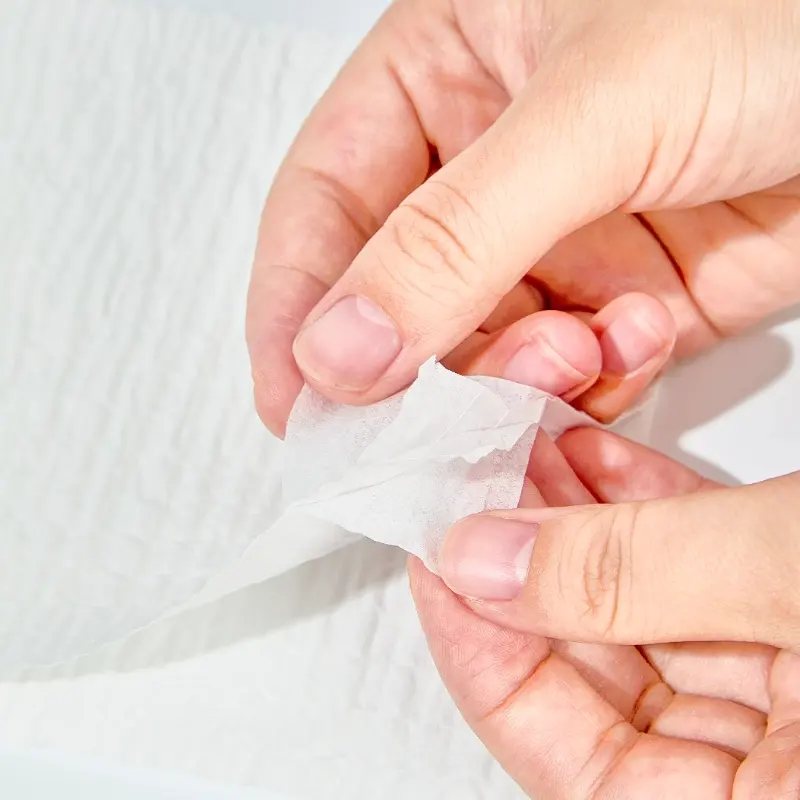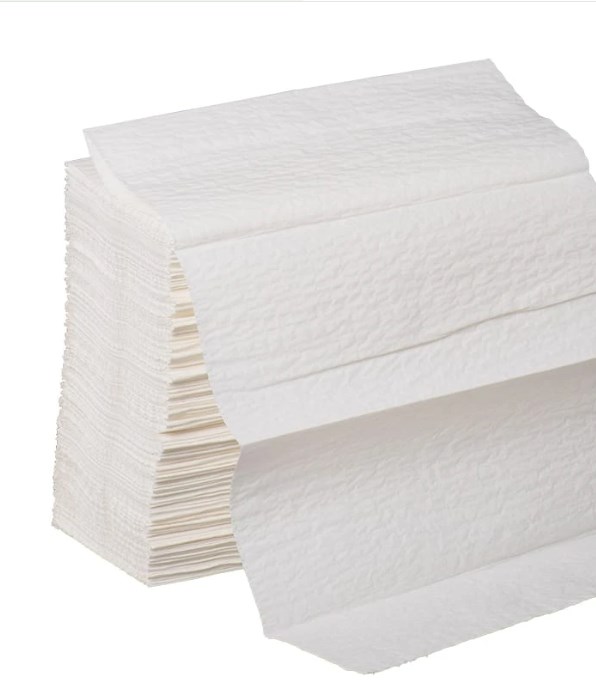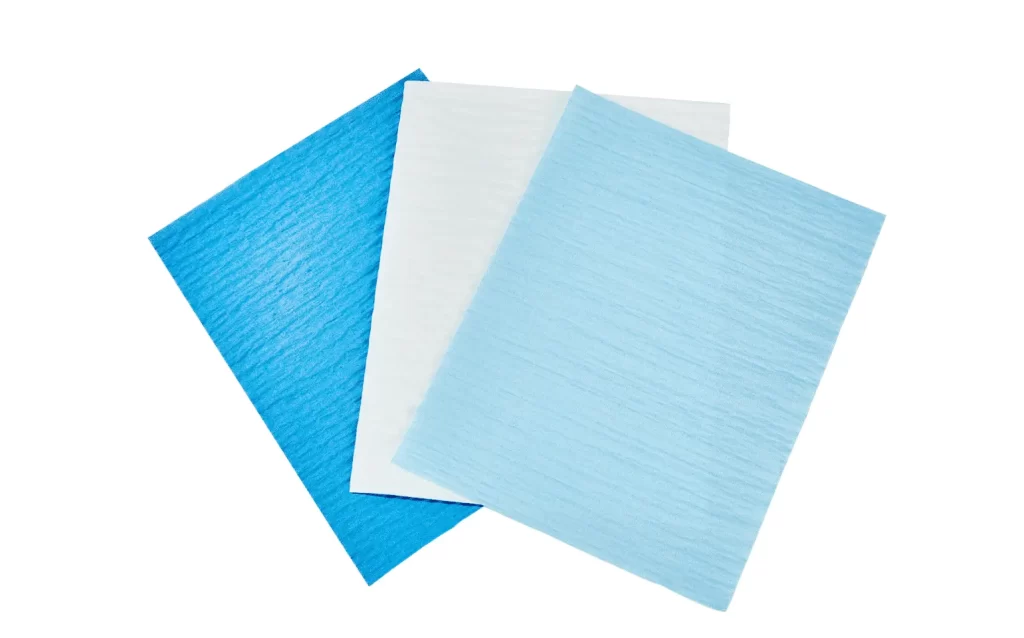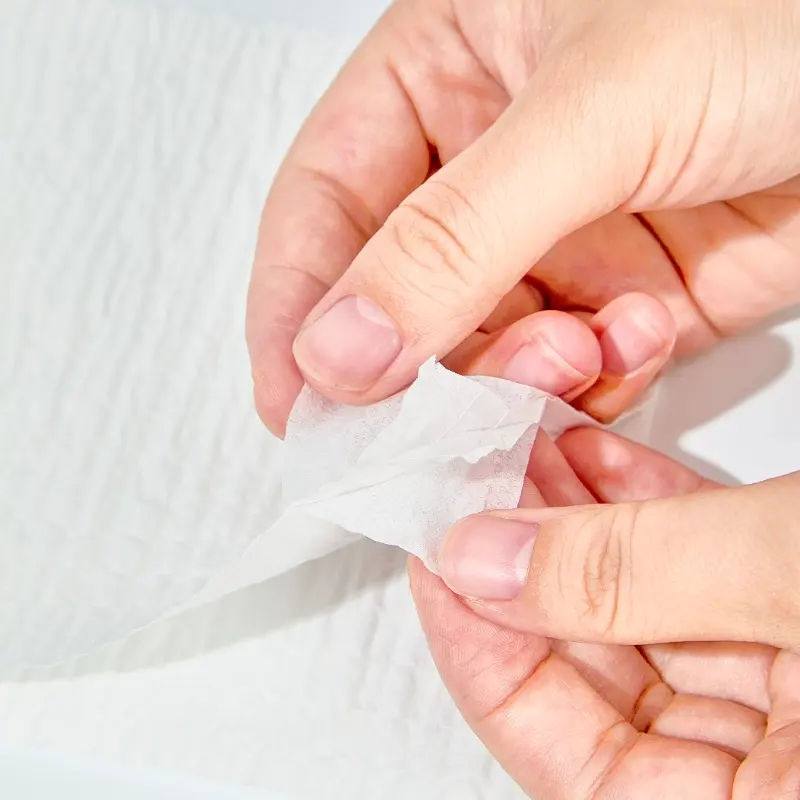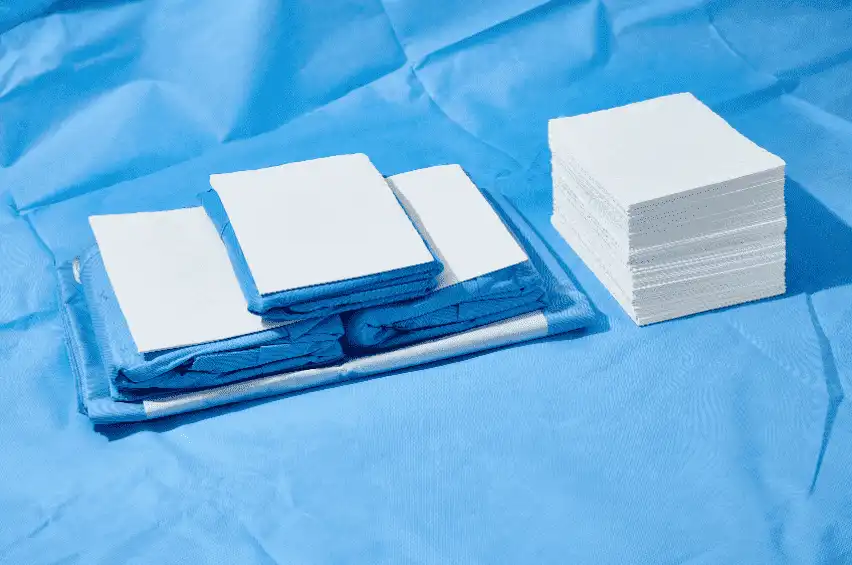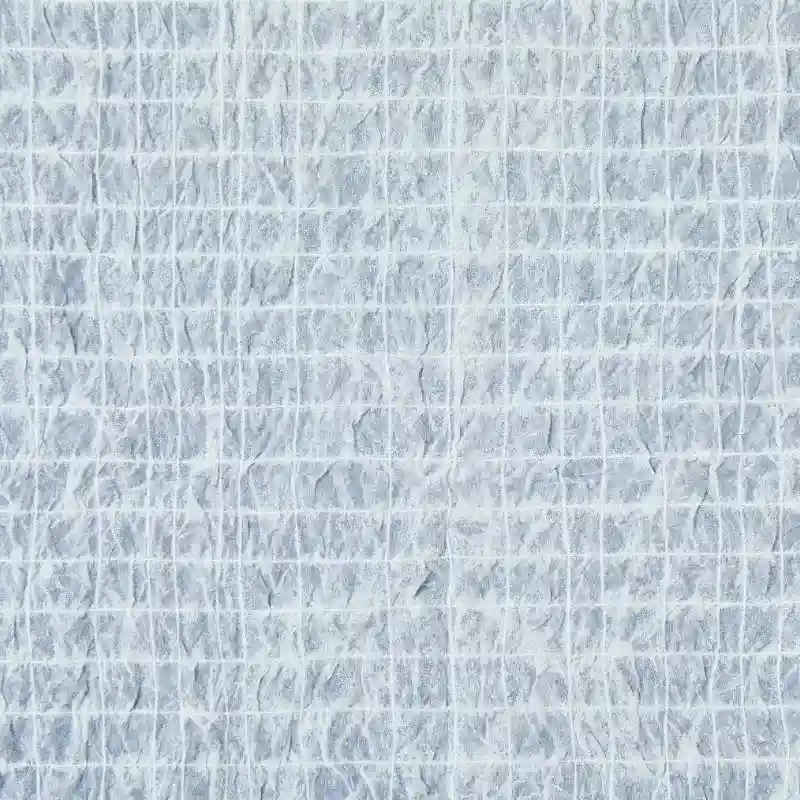Discover Key Factors for Selecting Alumina Rods
In many industrial applications, Alumina Rod is favored for its excellent physical and chemical properties. To ensure that the selected alumina rod delivers optimal performance and durability in a particular application, it is important to consider several key factors. The purpose of this article is to discuss the main aspects to be considered when selecting alumina rods, including the operating environment, the required porosity and mechanical properties, in order to provide a practical selection guide for engineers and users.
Understanding the Operating Environment for Alumina Rod Selection
When selecting alumina rods, the primary consideration is the operating environment they will face. This covers temperature, pressure and chemical corrosion during use. Different application scenarios have different requirements for thermal stability, wear resistance or corrosion resistance of alumina rods. For example, in high temperature environments, it is important to select alumina rods with excellent thermal shock resistance to ensure the stability and life of the material under high temperature operation. Therefore, a thorough understanding of the specific conditions of the application environment is the basis for selecting the right alumina rod.
Optimizing Porosity in Alumina Rods for Various Applications
Porosity is a key factor affecting the performance of alumina rods in filtration, catalysis and other fields. Engineers need to accurately determine the optimal aperture size and distribution for the application. The high porosity design helps to improve the flow efficiency and is suitable for filtration systems. Low porosity is more suitable for structural applications requiring high strength supports. Therefore, a deep understanding of the application requirements will guide the selection of porosity, ensuring that the performance of alumina rods is maximized to meet the specific application requirements.
Evaluating Mechanical Properties of ATCERA Alumina Rods
The mechanical properties of alumina rods, especially strength and hardness, are important indicators for evaluating their suitability. Different grades of alumina have different mechanical properties, which directly affect their performance in specific tasks. In applications with high mechanical loads, it is essential to select ATCERA alumina rods with excellent compressive strength to ensure the safety and stability of the structure. By carefully evaluating these mechanical properties, users can ensure that the selected material perfectly matches the requirements of the application, thereby improving overall performance and reducing operational failures.
In summary, when selecting alumina rods, it is necessary to consider the operating environment, the required porosity and mechanical properties. With a deep understanding of application requirements, engineers and users are able to precisely match the most suitable alumina rod grade to significantly improve equipment performance, extend service life, and reduce maintenance costs. ATCERA is committed to providing high-quality alumina rod solutions to meet the needs of complex industrial applications, enabling customers to achieve more efficient and reliable production processes.




